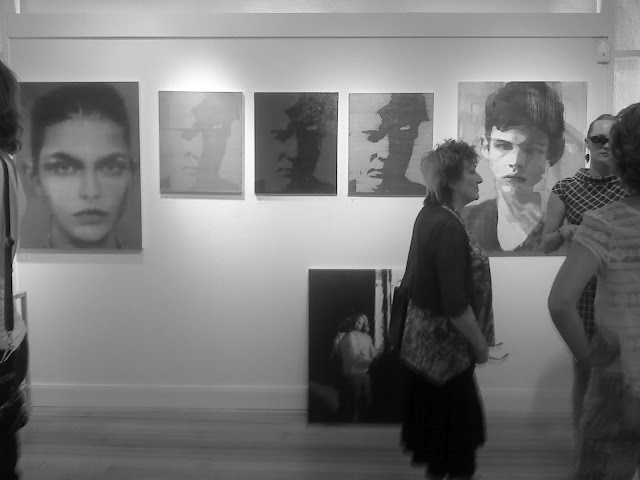excerpted
from a speech by President John F. Kennedy honoring the late poet Robert Frost.
A nation reveals itself not only by the men (sic) it produces but
also by the men it honors, the men it remembers …
The men who create power make an indispensable contribution
to the nation's greatness, but the men who question power make a contribution
just as indispensable, especially when that questioning is disinterested, for
they determine whether we use power or power uses us …
When power leads man toward arrogance, poetry reminds him of
his limitations. When power narrows the areas of man's concern, poetry reminds
him of the richness and diversity of his existence. When power corrupts, poetry
cleanses, for art establishes the basic human truths which must serve as the
touchstones of our judgment. The artist, however faithful to his personal
vision of reality, becomes the last champion of the individual mind and
sensibility against an intrusive society and an officious state. The great
artist is thus a solitary figure. He has, as Frost said, "a lover's
quarrel with the world." In pursuing his perceptions of reality he must
often sail against the currents of his time …
If sometimes our great artists have been the most critical
of our society, it is because their sensitivity and their concern for justice,
which must motivate any true artist, make them aware that our nation falls
short of its highest potential.
I see little of more importance to the future of our country
and our civilization than full recognition of the place of the artist. If art
is to nourish the roots of our culture, society must set the artist free to
follow his vision wherever it takes him …
In free society art is not a weapon, and it does not belong
to the sphere of polemics and ideology. Artists are not engineers of the soul.
It may be different elsewhere. But in a democratic society the highest duty of
the writer, the composer, the artist, is to remain true to himself and to let
the chips fall where they may. In serving his vision of the truth, the artist
best serves his nation …
I look forward to a great future for America—a future in
which our country will match its military strength with our moral strength, its
wealth with our wisdom, its power with our purpose.
I look forward to an America which will not be afraid of
grace and beauty, which will protect the beauty of our natural environment,
which will preserve the great old American houses and squares and parks of our
national past, and which will build handsome and balanced cities for our
future.
I look forward to an America which will reward achievement
in the arts as we reward achievement in business or statecraft.
I look forward to an America which will steadily raise the
standards of artistic accomplishment and which will steadily enlarge cultural
opportunities for all of our citizens.
And I look forward to an America which commands respect
throughout the world, not only for its strength but for its civilization as
well.
And I look forward to a world which will be safe, not only
for democracy and diversity but also for personal distinction.

















